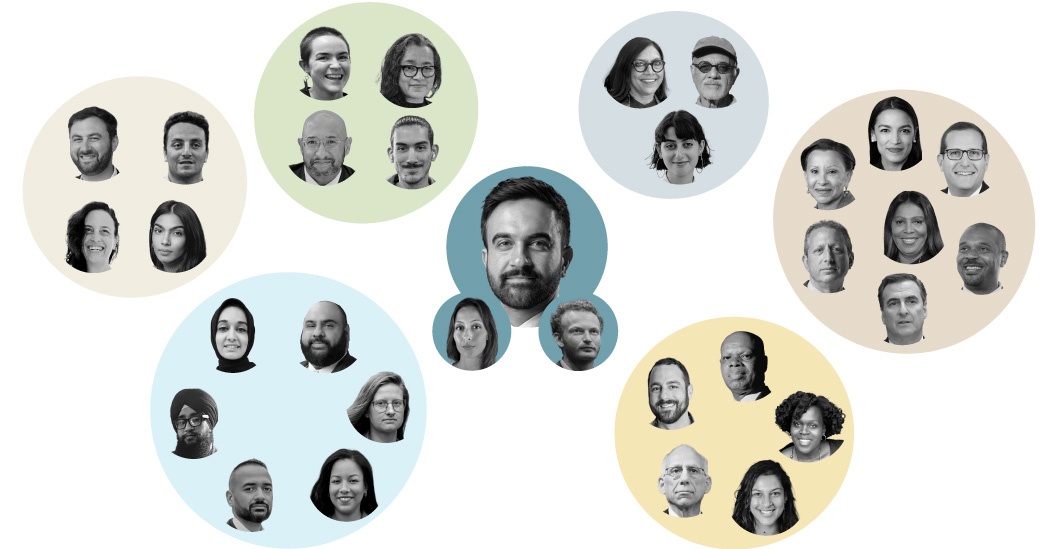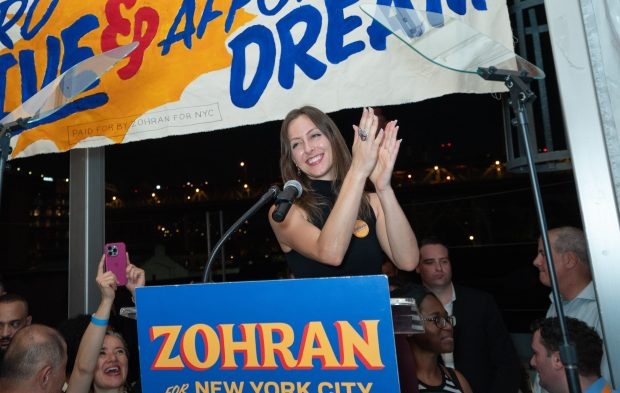Bisgaard-Church, 34, is a California transplant whose path to the public stage blends elite education with a lifetime of community work. Born June 28, 1991, in California and raised in Davis, she attended Swarthmore College, where she produced an anti-war radio show, and later earned degrees from Columbia University and the London School of Economics. Her early career included nonprofit roles in Philadelphia and Washington, D.C., focusing on adult literacy and decarceration, followed by a public affairs fellowship with Coro in New York City in 2016. After that fellowship, she continued working in public service, building a profile as a communications and policy strategist aligned with the Democratic Socialists of America.
Her ascendance in Mamdani’s orbit was rapid. The 2025 NYC mayoral primary, which Mamdani won in June against former Governor Andrew Cuomo, brought Bisgaard-Church into the spotlight as campaign manager—the first such role in her career. By autumn, articles noted that she had become Mamdani’s top adviser, with a role that extended into shaping the early contours of his administration. In this sense, she embodies a blend of youth, Ivy League credentials, and DSA alignment that several observers say mirrors the governor-in-waiting’s own political temperament.
Yet Bisgaard-Church’s rise has also fed a broader debate about the makeup of Mamdani’s inner circle. The New York Times interactive feature on Mamdani’s aides highlighted two trusted policy advisers in the inner circle, one in his mid-twenties and the other in his mid-thirties, many of whom cut their teeth in the Democratic Socialists of America and have relatively little prior city government experience. The Times portrait suggests a brain trust oriented toward affordability and immigrant communities, with several advisers carrying long track records in advocacy rather than traditional governance. By contrast, a New York Post opinion piece painted Mamdani’s inner circle as young, privileged, and not particularly diverse—a critique that has circulated in political commentary about any candidacy that mixes reform ambitions with a highly educated, economically comfortable cohort.
Despite the criticisms, Bisgaard-Church’s biography is clear: she is a product of ambitious, values-driven work. The trajectory from a public service fellowship to a campaign leadership role and now to a designated chief of staff reflects a calculated push to implement a left-leaning urban agenda. The New York Times notes that as Mamdani’s plans mature, she and a small cadre of aides will influence decisions on buses, policing, housing, and social services. If the administration takes shape as described by several outlets, Bisgaard-Church’s approach—data-driven, communications-forward, and closely aligned with DSA priorities—could define a distinct era in City Hall.
Looking ahead, Mamdani is slated to assume the mayoralty in early 2026, with Bisgaard-Church expected to continue as chief of staff. Her Wikipedia biography confirms she would hold that role as the city transitions, suggesting continuity in policy direction even as the administration begins to implement reforms at scale. Observers will watch how this tightly knit team navigates the tensions between bold progressive aims and the practical realities of governing a diverse, port-city metropolis. As the city prepares for a potentially transformative era, Bisgaard-Church’s emergence from campaign manager to chief of staff signals a governance philosophy that blends Lef-
— this piece draws on reporting about her rise from City & State New York, coverage from The New York Times, commentary from The New York Post, and biographical details from public profiles, including Wikipedia, to provide a cohesive portrait of a figure who sits at the nexus of campaign acumen and policy execution. The photographs accompanying the reporting illustrate Mamdani’s inner circle in motion, a visual reminder of the intimate scale of influence that Bisgaard-Church now wields as the city eyes a new political chapter.




